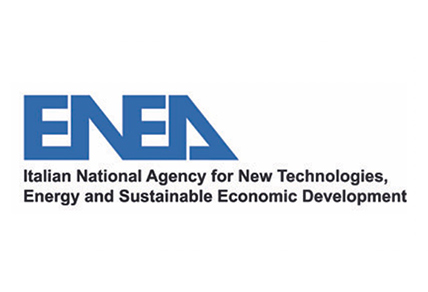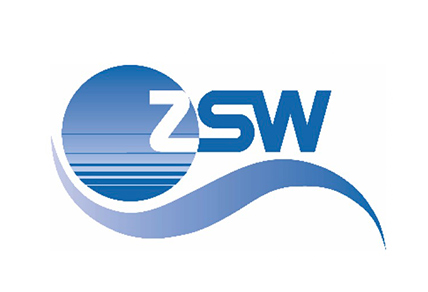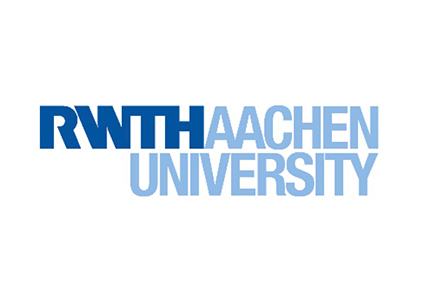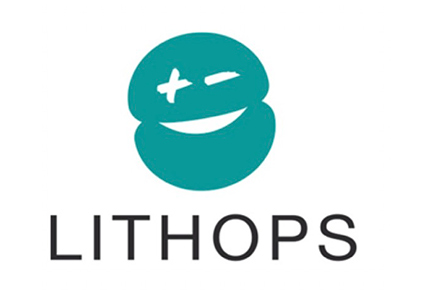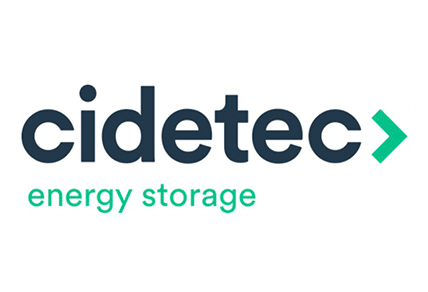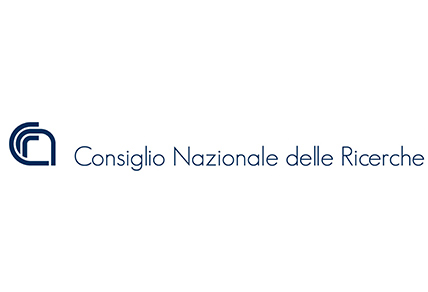- Project title: Silicon Alloying Anodes for High Energy Density Batteries comprising Lithium Rich Cathodes and Safe Ionic Liquid based Electrolytes for Enhanced High VoltagE Performance.
- Project acronym: Si-DRIVE
- Start date: Juanuary 1st, 2019
- Duration: 48 months
- Call: H2020-NMBP-ST-IND-2018-2020
- Type of action: RIA (Research and Innovation Action)

The Si-DRIVE H2020 project will tackle the major barriers to electric vehicle (EV) uptake, which relate to driving range, cost and recharge times, by completely re-imagining the lithium ion battery. Si-DRIVE will develop the next generation of rechargeable Li-ion batteries, allowing for cost competitive mass market EVs by transformative materials and cell chemistry innovations, delivering enhanced safety with superior energy density, cycle life and fast charging capability using sustainable and recyclable components.The technology encompasses amorphous Si coated onto a conductive copper silicide network as the anode with polymer/ionic liquid electrolytes and Li-rich high voltage (Co-free) cathodes via processes that are scalable and demonstrably manufacturable within Europe.The components have been demonstrated at TRL3 through preliminary lab-scale analysis, with a clear component improvement strategy to arrive at a TRL5 prototype demonstration by the end of Si-DRIVE. Comprehensive theoretical and experimental studies will probe and control interfacial processes that have heretofore limited Li-ion technologies to incremental gains, guiding materials design and eliminating capacity fade mechanisms.The Si-DRIVE technology will exceed the stringent demands of EV batteries where safety is paramount, by dramatically improving each component within the accepted Li-ion platform and achieving this in a market competitive process with whole of life considerations. The technology will also demonstrate suitability for 2nd life applications at reduced energy density beyond the primary EV lifetime, prior to cost effective materials recycling, consistent with a circular economy. The Si-DRIVE consortium boasts the required academic and industrial partner expertise to deliver this technology and spans material design and synthesis, electrochemical testing, prototype formation and production method validation, life cycle assessment and recycling process development.
Our role
Gemmate Technologies is in charge of implementing a model of the interface between the new layered positive electrode materials and the liquid electrolytes based on the Quantum Espresso DFT code. With the same code the anode behavior is simulated, in particular the possible change of the Si copper-silicide interface and thus the change of the mechanical and adhesion properties.
In addition, Gemmate Technologies contributes to the enviromental impact and sustainability assessment of the full battery lifecycle by assessing and comparing the emissions and the mass/energy balance related to the cathode manufacturing.
- Materials scientists for synthesis and modelling experts capable of significantly guiding material development
- Electrochemistry experts with particular focus on battery analysis and development
- Prototype developers, EV/automotive expertise
- LCA experts, recycling and circular economy expertise
- Experts on social and economic impact of energy technologies



